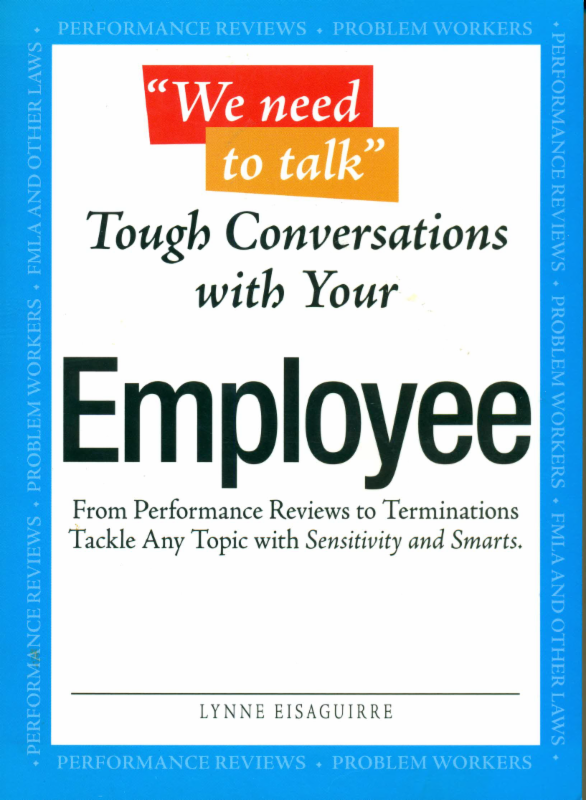 We all have problems sitting on our desks. For most of us, solving problems is how we spend our days — leaving little time for long-term thinking and planning — but that’s a different post! We all have problems sitting on our desks. For most of us, solving problems is how we spend our days — leaving little time for long-term thinking and planning — but that’s a different post!
What I find, however, when facilitating group discussions of various issues, is that frequently they haven’t stepped back to focus on how to define or reframe the problem, which can lead to dramatically different results.
“Asking the right question before you begin problem solving usually leads to more sustainable solutions.”
Take, for example, a typical call to our office about a valued executive whose people skills need work. Usually, the executive’s inappropriate behavior is long-standing. The request may be for one-on-one sensitivity training or coaching because the problem has been defined as: “how can we get this person to change?” Sometimes, that is indeed the right inquiry. Yet a deeper question that we always ask is: how has your culture allowed this behavior to continue? While individual coaching may also be an effective solution, a culture of “looking the other way”, one where complaints are discouraged, or where other people exhibit the same behavior, may be the real issue.
Asking the right question before you begin problem solving usually leads to more sustainable solutions.
What Should You Do?
Before you dive into individual or group brainstorming about a problem, stop and take some time to make sure you’re asking the right question. There are various techniques you can use to make sure you can do this such as inviting outsiders into the group, looking for exceptions to the problem and so on. For a good discussion of quick ways to do this go to https://hbr.org/2017/01/are-you-solving-the-right-problems
 Did You Know Did You Know
Techniques for asking the right questions are included in all our leadership classes.
Call or write us at: 303-216-1020 or [email protected]
Learn more about our training offerings and check out our team members at:
Be sure to read Lynne’s book “The Power of a Good Fight” and learn to embrace conflict
to drive productivity, creativity and innovation.
|
 September 25, 2017
September 25, 2017
 We all have problems sitting on our desks. For most of us, solving problems is how we spend our days — leaving little time for long-term thinking and planning — but that’s a different post!
We all have problems sitting on our desks. For most of us, solving problems is how we spend our days — leaving little time for long-term thinking and planning — but that’s a different post!


 When you are struggling to change a leader’s behavior (or perhaps your own!) a confidential emotional intelligence assessment can help. Studies have shown that emotional intelligence is just as important in driving success as your IQ.
When you are struggling to change a leader’s behavior (or perhaps your own!) a confidential emotional intelligence assessment can help. Studies have shown that emotional intelligence is just as important in driving success as your IQ. It seems to be a classic client request. You have a leader who is a high performer in every way except for his or her brusque, bullying or potentially harassing behavior directed towards the people he or she manages. The client wants the behavior of the executive to change and would like us to conduct one-on-one sensitivity sessions. They want the leader to behave in a way that’s kinder, gentler and more in line with their values.
It seems to be a classic client request. You have a leader who is a high performer in every way except for his or her brusque, bullying or potentially harassing behavior directed towards the people he or she manages. The client wants the behavior of the executive to change and would like us to conduct one-on-one sensitivity sessions. They want the leader to behave in a way that’s kinder, gentler and more in line with their values.


